Are you curious about the manufacturing industry's future? Do you want to stay ahead and anticipate potential challenges and opportunities? Then, it's time to take a deep dive into the manufacturing industry.
Savvy business owners or astute investors must know that understanding the external factors that affect their industry is crucial for success.
In this article, we'll explore the ins and outs of the manufacturing industry and then conduct a PESTLE Analysis of The Manufacturing Industry to see what external factors impact the manufacturing industry.
The findings of this PEST analysis can help manufacturers gain a competitive edge in the ever-changing landscape of the manufacturing industry. So, all the manufacturers reading this article should put on their thinking caps and get ready to learn how to stay ahead of the curve!
Before proceeding any further, let's look at the history of the manufacturing industry. The manufacturing industry has a long and rich history. The earliest form of manufacturing can be seen in early humans' production of tools and weapons made of stone, bone, and wood.
As civilization progressed, people started using metals and other materials, and specialized craftspeople emerged to produce goods in larger quantities. The Industrial Revolution is considered a significant milestone for the manufacturing industry.
The invention of other machines and the steam engine and other machines revolutionized how goods were produced, leading to the development of factories and mass production techniques. This era saw the emergence of industries like textiles, iron and steel, and chemicals.
In the 20th century, manufacturing continued to evolve, with new technologies and processes leading to further advancements in production. The introduction of automation, robotics, and computerization has transformed how goods are manufactured, making them faster, more efficient, and more cost-effective.
Today, the manufacturing industry is a crucial part of the global economy, producing everything from automobiles and electronics to food and pharmaceuticals.
The significance of the manufacturing industry today cannot be overstated.
It provides employment for millions worldwide and contributes to economic growth and development. In many countries, it is a major source of exports and plays a vital role in maintaining trade balances.
The industry also drives innovation, as manufacturers constantly seek new ways to improve their processes and products.
Moreover, the COVID-19 pandemic has highlighted the importance of a resilient and diversified manufacturing sector.
It has underscored the need for domestic production capabilities and supply chain resilience, leading to increased worldwide investments in manufacturing.
Now that we have insight into the manufacturing industry let's discuss what PESTLE analysis is.
PESTLE analysis is a technique organizations use to highlight what external factors impact the operations of an industry or a business. A PESTLE analysis analyses the political, economic, social, technological, environmental, and legal factors that impact any industry or organization.
Now that you know what PESTLE analysis is, let's proceed and conduct the PESTLE analysis of the manufacturing industry.
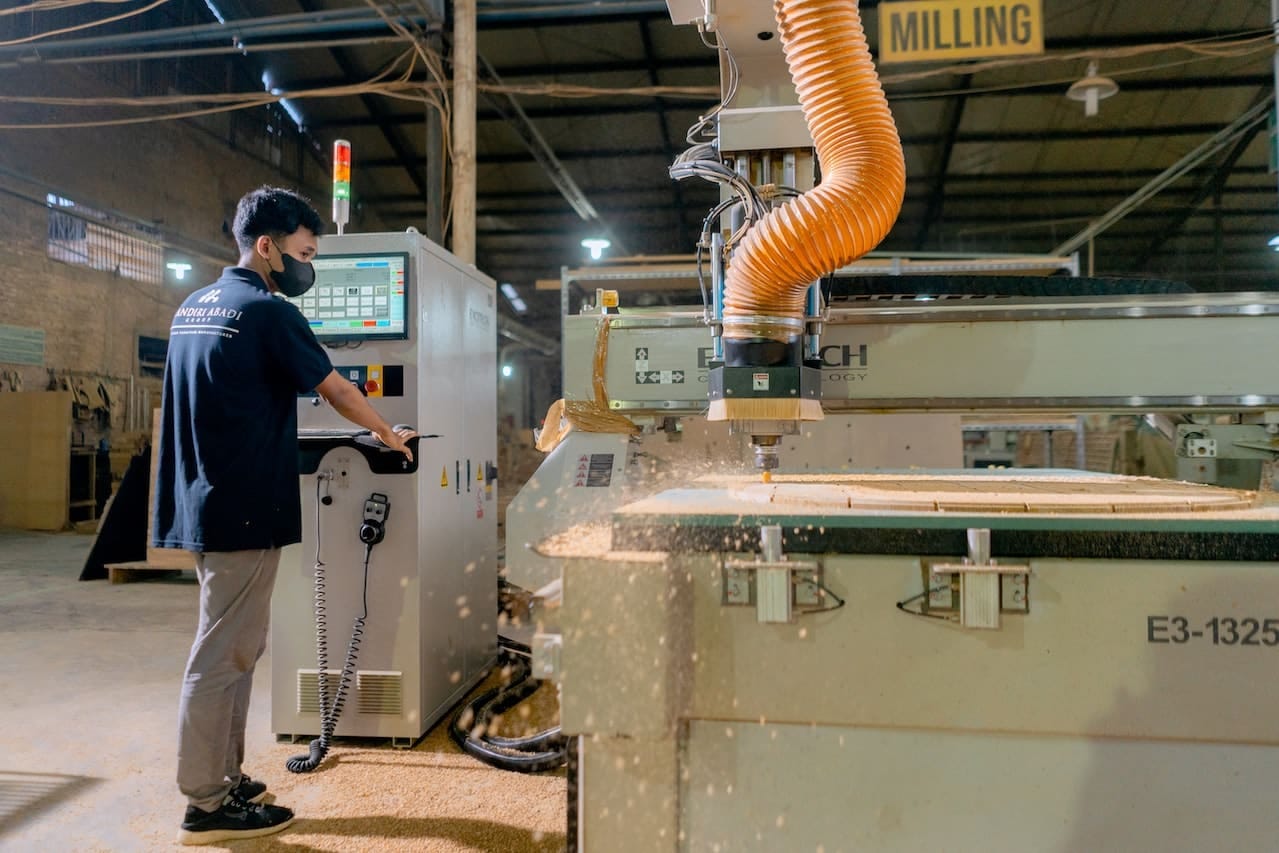
Political Factors Affecting The Manufacturing Industry
The manufacturing industry contributes significantly to the global economy. However, the industry is subject to various political factors affecting its growth and profitability. This section will explore the political factors that impact the manufacturing industry.
Government policies and regulations are among the most critical political factors affecting the manufacturing industry. Governments worldwide implement policies and regulations to protect the environment, promote worker safety, and ensure fair trade practices.
However, these policies and regulations can also create significant challenges for the manufacturing industry. Compliance with these regulations can be costly, increasing production costs and decreasing manufacturer profitability.
Governments must balance protecting the public interest and not hampering the growth of the manufacturing industry.
Political instability and conflicts can also impact the manufacturing industry significantly. Manufacturing operations may be disrupted in areas with political instability or conflict, leading to production delays, reduced productivity, and increased costs.
Besides that, government investment in research and development (R&D) can significantly impact the manufacturing industry. Investment in R&D can lead to the development of new technologies and processes, increasing efficiency, reducing production costs, and improving product quality.
However, reduced government investment in R&D can lead to stagnation in the industry, reducing its competitiveness and profitability.
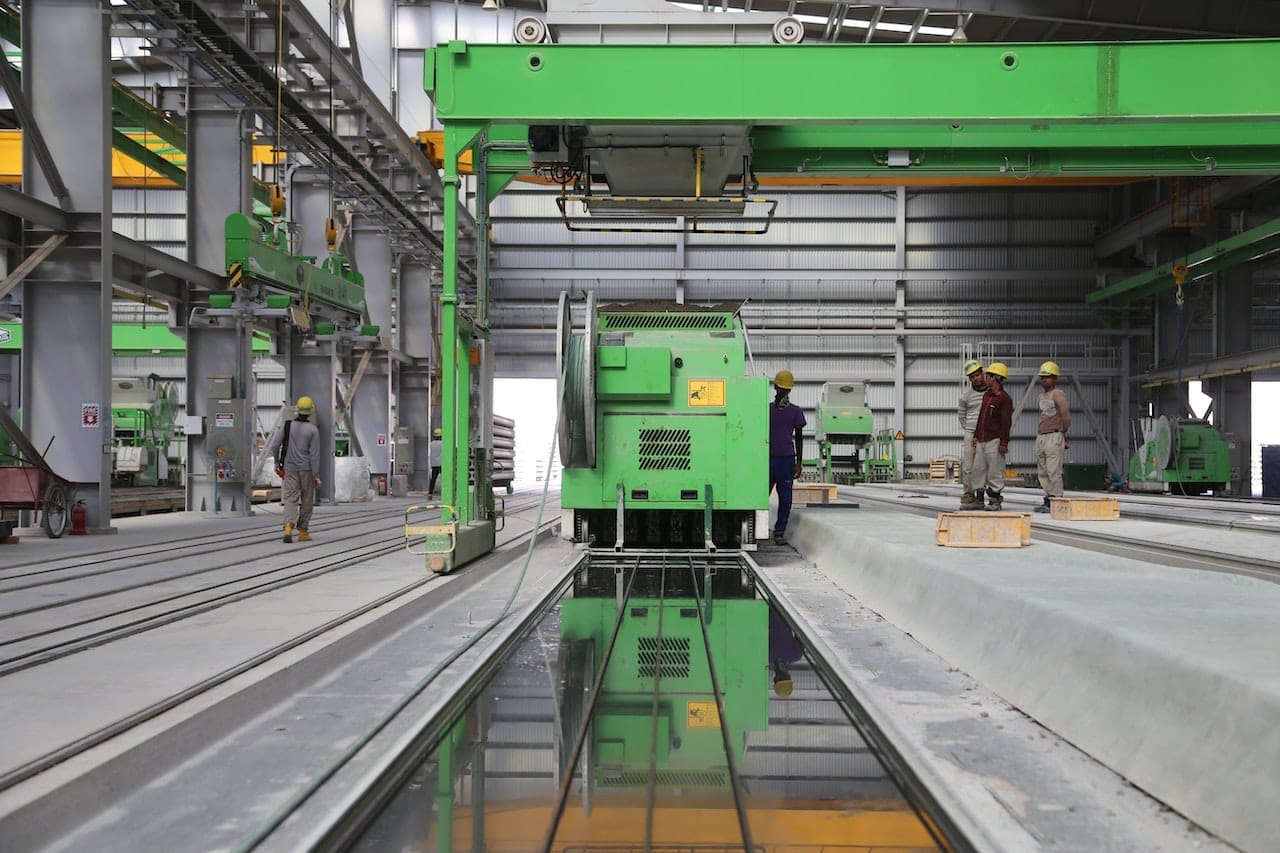
Economic Factors Affecting The Manufacturing Industry
Many economic factors affect the manufacturing industry. One of the key economic factors affecting the manufacturing industry is the state of the global economy. The health of the global economy can impact demand for goods and services, affecting the profitability of manufacturers.
In a recession or economic downturn, consumers may reduce spending, decreasing demand for goods and services. This can lead to reduced profitability for manufacturers and may result in a decrease in employment levels.
The cost of labor is another significant economic factor affecting the manufacturing industry. Labor costs can significantly impact production costs and profitability. In some countries, labor costs are high, increasing production costs and making it challenging for manufacturers to compete in the global marketplace.
On the other hand, in countries where labor costs are low, manufacturers may benefit from reduced production costs and increased profitability. Besides that, exchange rates are another economic factor that can impact the manufacturing industry.
Fluctuations in exchange rates impact the cost of goods and services, making it difficult for manufacturers to predict expenses and plan for the future. Exchange rate fluctuations can also impact export markets, making it more challenging for manufacturers to compete in foreign markets.

Social Factors Affecting The Manufacturing Industry
The manufacturing industry is subject to various social factors impacting its growth and profitability. This section of the PESTLE analysis will analyze the social factors that affect the manufacturing industry.
Manufacturing employees' safety and working conditions are essential social factors that can impact the industry. Therefore, manufacturers must ensure employees work in safe and healthy environments, providing appropriate safety equipment, training, and facilities.
Suppose manufacturers fail to prioritize employee safety and working conditions. In that case, it can lead to decreased productivity, increased employee turnover, and decreased profitability.
Another social factor that can impact the manufacturing industry is changing consumer preferences. For example, as consumers become more environmentally conscious, they may demand products that are produced sustainably and ethically.
Manufacturers must be responsive to these changing preferences, incorporating sustainable practices and ethical considerations into their operations to remain competitive in the marketplace.
Besides that, social and cultural values can also impact the manufacturing industry. For example, in some cultures, there may be a preference for locally produced goods, leading to increased demand for domestic manufacturers.
Additionally, some cultures may value quality or craftsmanship more, leading to increased demand for high-end or artisanal products.
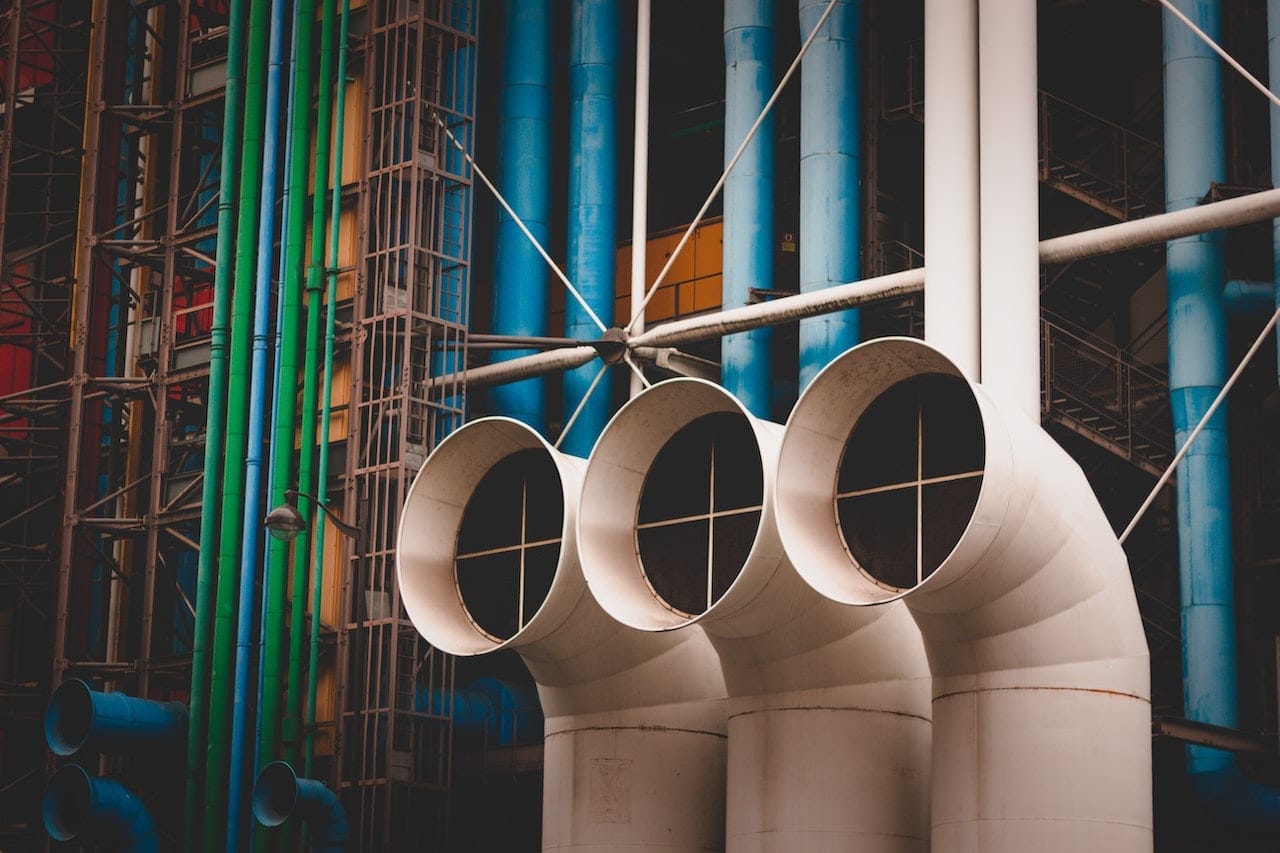
Technological Factors Affecting The Manufacturing Industry
Technological advancements have transformed the industry, enabling manufacturers to automate and streamline operations, develop new products, and reduce production costs. Let's discuss what technological factors affect the manufacturing industry.
One of the key technological factors affecting the manufacturing industry is automation. Advances in automation technology have enabled manufacturers to streamline operations and reduce production costs.
Automated processes, such as robotics, can perform repetitive and dangerous tasks with precision and speed, reducing the risk of accidents and increasing productivity. However, adopting automation technology may decrease employment as machines replace human labor.
Moreover, data analytics and artificial intelligence (AI) are other technological factors impacting the manufacturing industry.
Manufacturers can use data analytics to collect and analyze data from production processes, supply chains, and customer behavior, allowing them to make data-driven decisions that improve efficiency and productivity. In addition, AI can automate tasks, optimize production processes, and improve quality control.
The use of 3D printing technology is also transforming the manufacturing industry. 3D printing allows manufacturers to produce parts and products on demand, reducing production lead times and costs.
This technology is particularly useful for producing low-volume, highly customized products, such as medical implants or aerospace components.
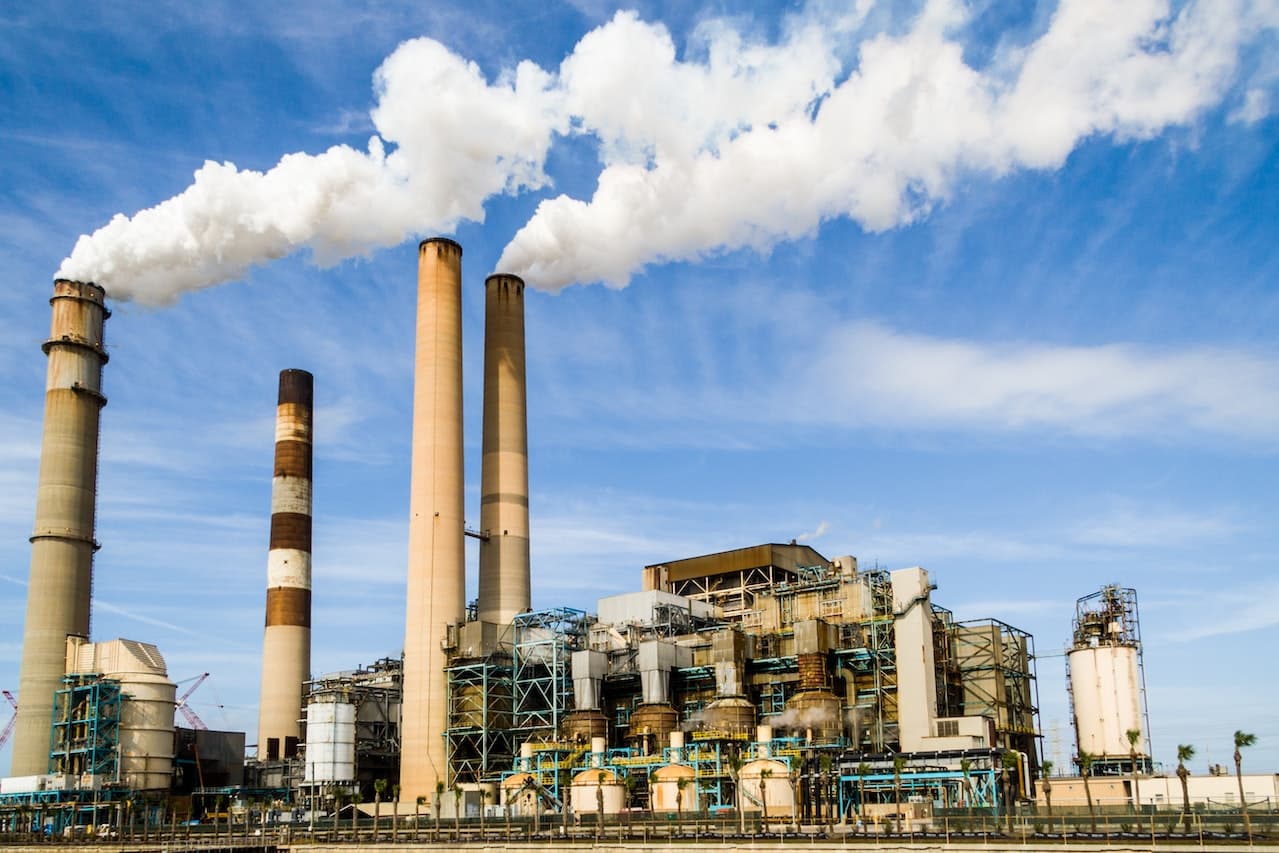
Legal Factors Affecting The Manufacturing Industry
Various legal factors have a significant impact on the manufacturing industry. One of the most significant legal factors that affect the manufacturing industry is intellectual property (IP) law.
Intellectual property law governs the creation and use of patents, trademarks, copyrights, and trade secrets. Therefore, manufacturers must be aware of the potential for infringing on the IP rights of others, which can lead to costly legal battles and damage to their reputations.
Additionally, manufacturers must protect their intellectual property by obtaining patents for their inventions, registering trademarks for their products, and enforcing their copyrights.
Another legal factor that affects the manufacturing industry is labor and employment law. Manufacturers must comply with various federal and state labor laws, including minimum wage, anti-discrimination, and workplace safety regulations.
If manufacturers fail to comply with these laws, they'll have to pay fines and other penalties. Additionally, manufacturers must consider issues related to labor unions and collective bargaining, which can significantly impact their operations and costs.
Besides that, environmental law is another important legal factor that affects the manufacturing industry. Manufacturers are subject to numerous federal and state environmental regulations that govern the use and disposal of hazardous materials, emissions, and waste.
Significant legal liability, fines, and other penalties can be imposed if a manufacturer fails to comply with these regulations. In addition, manufacturers must also consider the potential impact of their operations on the environment and take steps to mitigate any negative effects.
Product liability law is another significant legal factor that affects the manufacturing industry. Manufacturers can be held liable for injuries or damages caused by their products, even if they were unaware of the defect or issue.
Manufacturers must ensure their products' safety and quality and provide adequate warnings and instructions for use. Failure to do so can result in costly lawsuits and damage the manufacturer's reputation.

Environmental Factors Affecting The Manufacturing Industry
The last section of this PESTLE analysis discusses the environmental factors that impact the manufacturing industry. Manufacturing facilities can emit various air pollutants, including particulate matter such as volatile organic compounds and nitrogen oxides.
These pollutants can have significant negative impacts on human health and the environment, including respiratory problems, acid rain, and climate change. Therefore, manufacturers must reduce their air emissions by installing air pollution control devices, using cleaner fuels, and adopting energy-efficient processes.
Water pollution is another significant environmental factor affecting the manufacturing industry. Manufacturing facilities can discharge various pollutants into water bodies, including toxic chemicals, heavy metals, and nutrients.
These pollutants can have significant negative impacts on aquatic ecosystems and human health if the polluted water is used for drinking or irrigation. Therefore, manufacturers must reduce water pollution, such as treating wastewater before discharging it and adopting water-efficient processes.
Energy consumption is another significant environmental factor affecting the manufacturing industry. Manufacturing facilities consume significant energy, both in electricity and fuel. This energy consumption contributes to greenhouse gas emissions, which can exacerbate climate change.
Therefore, manufacturers must reduce their energy consumption by adopting energy-efficient processes, using renewable energy sources, and investing in energy-efficient equipment.
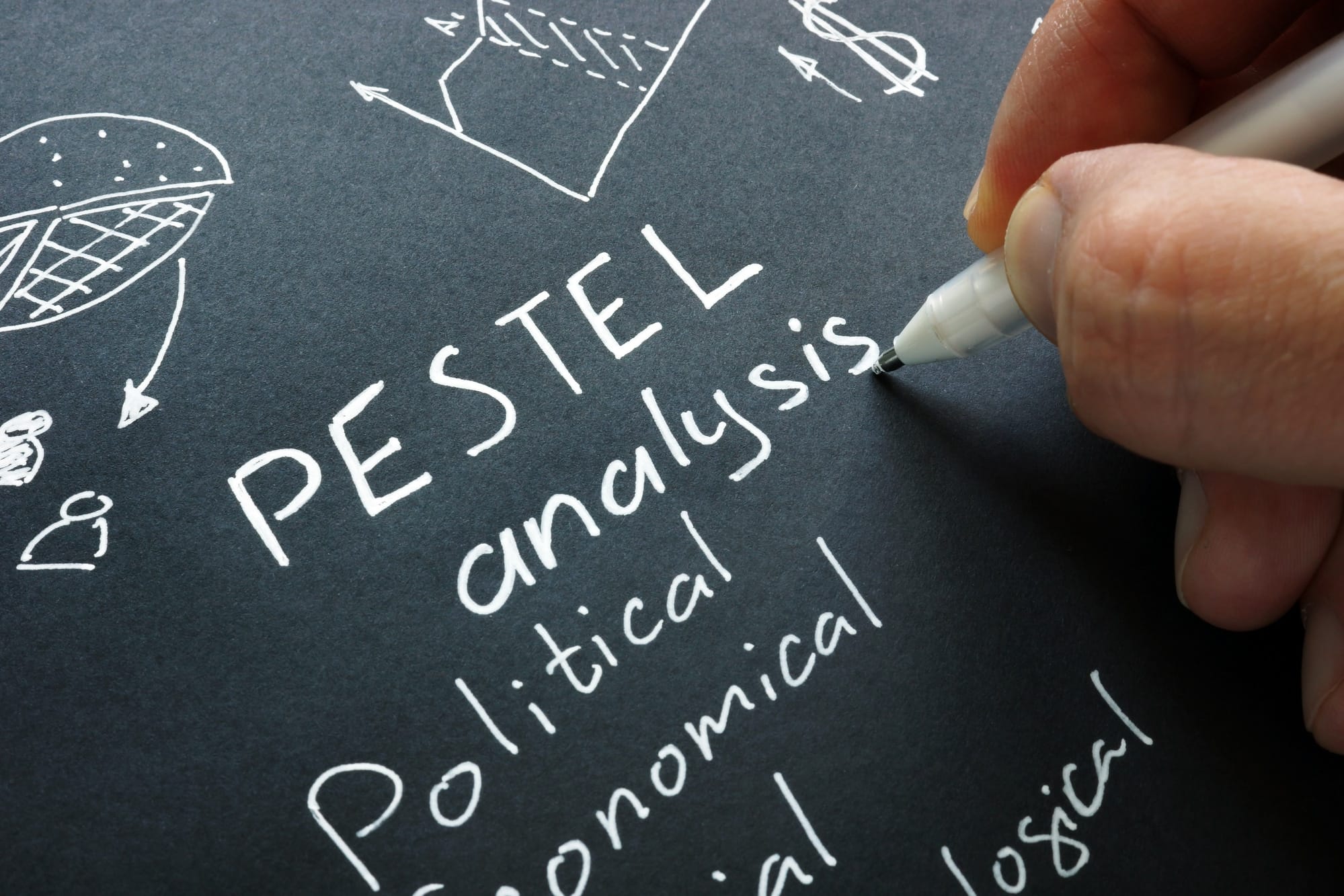
PESTLE Analysis of The Manufacturing Industry: Final Word
The manufacturing industry is vital to the global economy, which produces a wide range of goods and services. The manufacturing industry has come a long way since ancient times. Today, it is a significant contributor to the global economy.
This PESTLE analysis of the manufacturing industry has shown what various external factors impact the manufacturing industry. By understanding these factors, manufacturers can gain a competitive edge and stay ahead of the curve.
This article not only made you aware of the external factors that impact the manufacturing industry, but it also made you aware of the PESTLE analysis framework. Therefore, if you found this article interesting and want to read similar articles, look at some more examples of PESTLE analysis.










